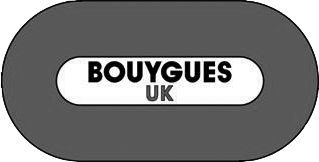5 Historical Uses for Helical Piles
June 13, 2016 1:23 pmHelical piles are a geotechnical engineering feat with a strong, varied history of use. Read on to find some examples which may surprise you.
Helical Piles Were First Used as River Moorings for Ships
The first documented use of helical piles was in 1836, in which their recorded function was as river moorings for ships. These river moorings (also called ‘pile moorings’) consisted of poles with wide blades spiraling around them which were literally screwed into the bottom of the waterway. A portion of the poles breeched the surface of the water. Ships and smaller marine vessels would then secure ropes to the tops of several of these moorings when docking.
Helical Piles Were Used to Protect the Banks of Rivers
Helical piles were used by Alfred Goodwyn in 1858 for the Corps of Royal Engineers of the British Army. At that time they were used to anchor brushwood, which protected the banks of rivers. The equipment used included 1 inch rods with 5 1/2 inch helixes and 1/8 inch plates that were 2 inches in pitch.
Helical Bridge Foundations Helped to Expand the British Empire
Throughout Africa and India, screw piles were used to support bridges, which helped to extend the reach of the British Empire. This engineering feat was subsequently utilised throughout the world. For example, according to the Engineering and Building Record, a screw pile supported bridge was installed over the Wumme River in Germany on the 5th of April, 1890.
Helical Piles Created Sturdy Walkways for Wetlands
Wetlands are by nature challenging soil conditions on which to anchor footpaths. However, these walkways are quite stable when helical piles are installed to support them. The use of concrete isn’t advocated here, as the concrete can leech contaminants into the water. Screw piles work by penetrating into the waterlogged soil until they reach a depth and soil strength that can maintain sufficient weight bearing capacity.
Helical Piles Helped Host Visitors During the 2012 Olympic Games
When the UK was entertaining several thousands of sports enthusiasts, Screwfast was there to help. We installed 20,000 bespoke foundations for seats in various Olympic event venues. Then we uninstalled and recycled them; an environmental victory for everyone.
Hopefully, you’ve discovered some new information about the use of helical piles. With such a varied history, this is one foundation solution that will continue contributing to society for generations to come.
For more information on our helical pile foundations, or about any of our foundation solutions, contact Screwfast today.
Categorised in: helical piles




















